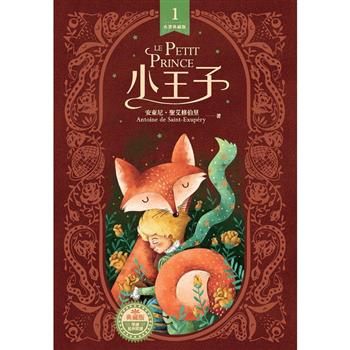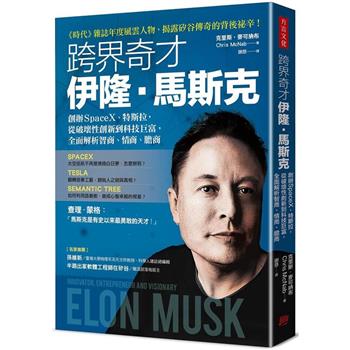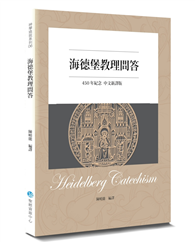Separating "Old Florida" myths from realities
in a tourist haven with a deep Indigenous past
progress can be seen in stories about pioneer history across the United States,
especially in Florida. Selling Vero Beach explores how settlers from
northern states created myths about the Indian River area on Florida’s Atlantic
Coast, importing ideas about the region’s Indigenous peoples and marketing the
land as an idyllic, fertile place of possibilities.In this book, Kristalyn Shefveland
describes how in the Gilded Age, Indian River Farms Company and other boosters
painted the region as a wild frontier, conveniently accessible by train via
Henry Flagler’s East Coast Railway. Shefveland provides an overview of local Aís
and Seminole histories that were rewritten by salespeople, illustrates how
agricultural companies used Native peoples as motifs on their fruit products, and
includes never-before-published letters between Vero Beach entrepreneur Waldo Sexton
and writer Zora Neale Hurston that highlight Sexton’s interest in story-spinning
and sales. Selling Vero Beach unpacks real and fabricated pasts, showing how the settler memory
of Florida distorted or erased the fascinating actual history of the region. With
a wide variety of stories invented to lure investors and tourists, many of
which circulate to this day in a place that remains a top vacation destination,
Vero Beach is an intriguing example of why and how certain pasts were concocted
to sell Florida land and products.A volume in the series Florida in Focus,
edited by Andrew K. Frank












